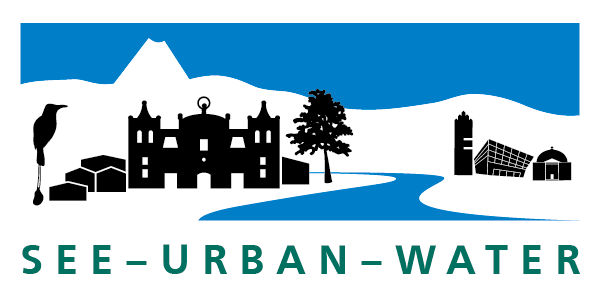Urbanization in Latin America (LATAM) has considerably increased, but poor planning has resulted in significant socio-ecological problems, such as flooding, environmental pollution and contamination of water sources. Green infrastructure (GI) is a recent concept to respond specifically to these problems. The concept is attractive because it proposes multifunctional solutions and improvements in connectivity of different spatial scales. However, in LATAM it is still in an initial phase with little documentation. Due to its multifunctional and multi-scale nature, its successful implementation requires transformative processes in several areas. This study analyzes progress in these areas by applying five dimensions of transformation: Enabling Environment, Institutional, Management and Instruments, Implementation and Operation, Monitoring and Evaluation. The analysis of ten examples of GI promotion and implementation in eight LATAM countries shows in general less progress in the provision of financing and in monitoring/evaluation while in management and instruments, and implementation/operation progress is reported in almost all cases. Leadership and political will have been key factors for such progress. The general characterization and documentation based on examples of progress in different regions of LATAM serves to inform and guide future GI promotion and implementation.







